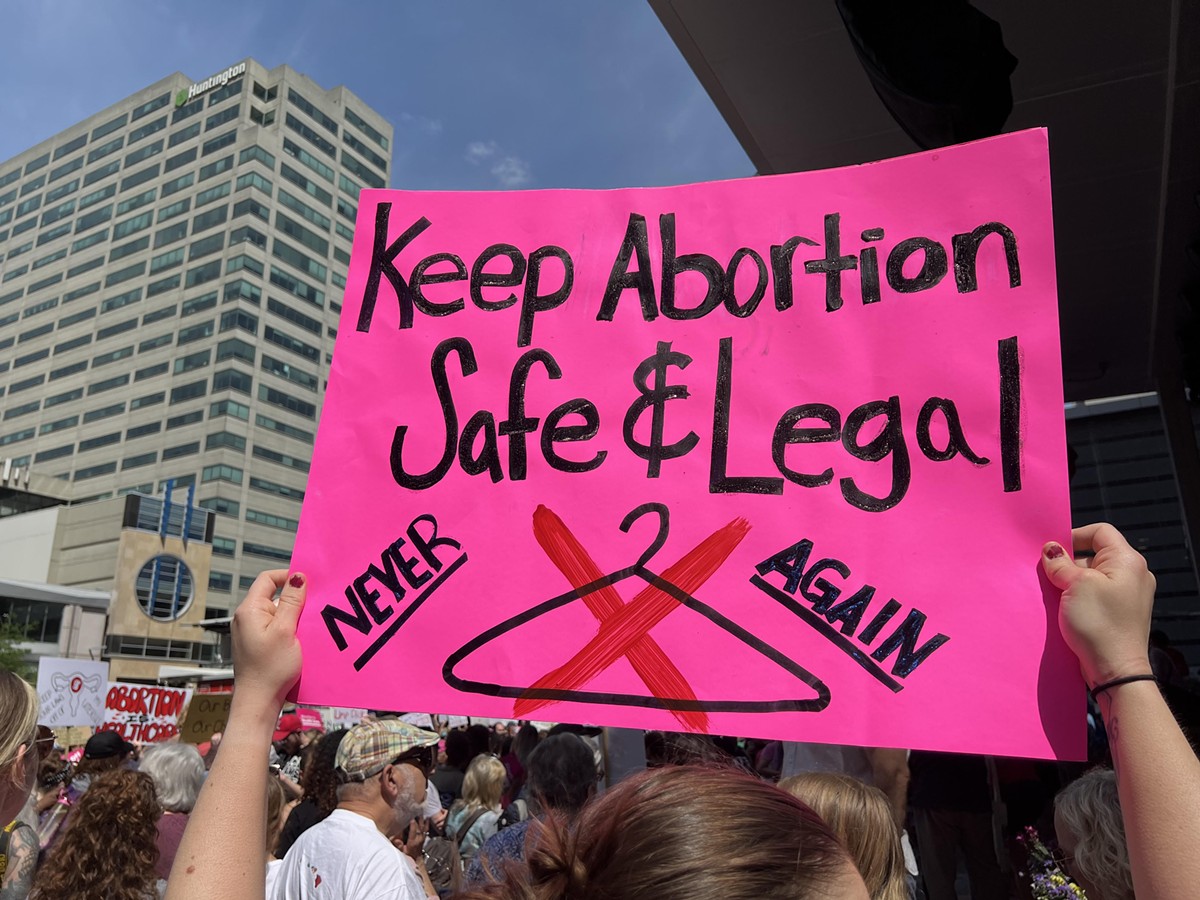Double the costs, double the travel, double the child care. Those were the stories of some who struggled to receive abortion care because of Ohio’s 24-hour waiting period and two-visit mandates, according to a new court brief in a lawsuit attempting to eliminate the regulations.
The Ohio Women’s Alliance submitted a “friends of the court” brief in the Franklin County Court of Common Pleas case, including affidavits from clients and OWA volunteers who have helped individuals access reproductive care through the group’s Member Assistance Program (MAP).
“Ohio’s 24-hour waiting period, forced second clinic visit, and state-mandated informational and biased counseling requirements continue to pose significant barriers for Ohio women and MAP clients seeking necessary reproductive care,” wrote Columbus attorney Jeffrey A. Ruppert, on behalf of the OWA.
The lawsuit is among several attempting to roll back existing regulations in state law regarding abortion services.
To further the argument that the 24-hour waiting period and required two visits cause undue delays to care, individual stories were a part of the brief, including Kristen in West Virginia, who drove nearly five hours to Cleveland for care. She wrote that she was “immediately sent into a panic” when she found out state law mandated two visits.
“I didn’t understand the purpose of it, what it changed looking back, or how it helped,” she wrote in her affidavit. “All I know was that with three children already and a full-time job, I didn’t see how getting the medical procedure I needed was possible.”
A breast cancer patient who wrote that “continuing the pregnancy would have probably cost me my life” had to travel 400 miles to receive care in Dayton, and in total, it took 24 days before they were able to receive treatment.
“Because there are so few clinics in Ohio that provide these resources, some people are forced to drive hours to find a clinic to get care,” the person, identified in the affidavit as “AT” wrote.
There are only nine clinics that provide abortions currently operational in Ohio.
Other patients included in the brief talked about losing income and paying more for child care because of the mandatory waiting period, and Ohio clinics were “further overwhelmed” with patients coming from states with stricter bans.
A patient named Imani did the opposite, telling the court she left Ohio because of the waiting period, incurring higher costs because the requirements in state law “proved insurmountable.”
There were also accounts of those who were delayed past the 22-week gestational limit for abortions in the state because of “multi-week gaps between appointments caused by the 24-hour rule,” the OWA said in its brief.
“For someone with means, the barriers brought on by a 24-hour waiting period could potentially be manageable, but for an unhoused single parent living in a shelter two hours from the nearest abortion provider, these additional barriers can mean the difference between receiving the care she needs or being forced to remain pregnant against her will in an already incredibly challenging life situation,” a Cincinnati attorney and MAP volunteer identified as Rebecca wrote in her affidavit.
The OWA also cited a study done by the Ohio Policy Evaluation Network which concluded that between 2014 and 2018, a mere 6% of patients were able to obtain an abortion within 24 hours of their first appointment, and that the requirements in state law were drivers for the delays.
Now that the Ohio Constitution includes abortion care as part of the reproductive rights approved by 57% of voters last November, the OWA said that amendment “requires this court to take a hard look at any law that burdens Ohioans’ individual and fundamental right to abortion.”
“The challenged requirements and their real-world impact substantially interfere with Ohioans’ reproductive freedom without any valid medical justification,” the OWA wrote.
Ohio Attorney General Dave Yost has already pushed back against arguments that the 24-hour waiting period is the reason care is not being received by some.
He argued that it was not state mandates that were holding up care, but the delay “rather is attributable to several factors outside of the state’s control,” according to court documents in the case.
The lawsuit is set to go to trial in April 2025.
This story was originally published by the Ohio Capital Journal and republished here with permission.
Subscribe to CityBeat newsletters.
Follow us: Apple News | Google News | NewsBreak | Reddit | Instagram | Facebook | Twitter | Or sign up for our RSS Feed






